In today’s dynamic work environment, optimizing office space is crucial for both efficiency and employee satisfaction. Recent studies show that only 11% of businesses fully utilize their office space, while nearly 45% use less than half . As hybrid work models become more prevalent, businesses must adapt their office layouts to meet new demands. This guide, inspired by insights from industry leaders like LIZ Smart Office, offers practical steps to create a flexible and efficient workspace for your teams.
Hybrid work models, where employees split their time between remote and in-office work, demand flexible and adaptable office layouts. Businesses must create spaces that accommodate varying attendance levels and diverse work styles to ensure seamless transitions and maintain productivity. Effective office space optimization not only enhances operational efficiency but also significantly boosts employee morale and satisfaction.
Understanding Office Space Optimization
Office space optimization involves designing and utilizing workplaces to maximize efficiency, reduce costs, and meet employee needs. By leveraging data-driven insights, businesses can adjust layouts, minimize wasted space, and enhance productivity. Recent studies show that optimized office spaces can lead to a 20% increase in productivity and a 30% reduction in operational costs based on LIZ’s internal data.
Integrated Workplace Management Systems (IWMS), such as the LIZ Booker app, play a significant role in achieving these goals. These tools provide real-time data and analytics, helping businesses make informed decisions about space allocation and utilization. By using advanced technologies like IWMS, companies can create flexible, adaptable work environments that support hybrid work models and improve overall employee satisfaction.
Importance of Office Space Optimization
Adapting to New Work Styles: Modern workplaces must support various work modes, from deep focus to collaboration. A flexible office layout allows employees to choose environments that suit their tasks, boosting productivity and satisfaction. As mentioned before, research shows that companies with flexible work arrangements see a 20% increase in productivity .
Increasing Office Attendance: An optimized workspace that surpasses the comfort of home can improve on-site attendance. Incorporating ergonomic furniture, wellness areas, and aesthetic designs enhances the overall work environment, making it more appealing to employees. A study finds that employees are more likely to come to the office if it offers a comfortable and well-designed environment .
Reducing Costs: Identifying underutilized spaces and implementing flexible workspace strategies like hot-desking can significantly lower overhead costs. Embracing hybrid work models reduces the need for excess floor space, leading to savings on real estate and utilities. Businesses can reduce office space costs by up to 30% by adopting hybrid work strategies according to LIZ internal data.
Enhancing Employee Satisfaction: A well-optimized office supports physical, mental, and emotional well-being. Ergonomic setups, relaxation areas, and biophilic design elements, such as natural light and plants, contribute to a positive work experience. Studies show that access to natural light can improve employee well-being by 78%.
Steps to Optimize Office Space
1. Identify Current Challenges: Assess your office space to pinpoint underutilized or inefficient areas. Engage with employees to gather feedback on the current setup and how it affects their productivity and well-being.
2. Focus on ROI: Invest in high-quality furniture, advanced technology, and well-designed spaces to foster collaboration and well-being. Prioritize long-term benefits over short-term cost savings. For example, companies that invest in ergonomic furniture see a 50% reduction in work-related musculoskeletal disorders .
3. Make Data-Driven Decisions: Use sensors and analytics to gather continuous data on space usage from the providers such as Waldmann. This helps in making informed decisions and adapting the workspace to actual needs. Data-driven decisions can significantly improve space utilization. Especially by utilising the combined solutions of sensors providers as Waldmann and office optmisations softwares as LIZ Booker.
4. Calculate the Desk-Sharing Ratio: Determine the ideal desk-sharing ratio for your hybrid work environment using such calculators as from LIZ. Adjust the workspace based on attendance patterns to maintain flexibility without sacrificing accessibility.
5. Align Layout with Workforce Needs: Design flexible spaces that support both individual work and collaboration. Ensure easy transitions between different work modes to enhance productivity and reduce bottlenecks.
6. Utilize Space Optimization Tools: Implement tools like LIZ Workspace Manager to gain insights into space usage, plan capacity, and allocate resources effectively.
7. Communicate Changes: Engage with employees about planned changes, gather their input, and address concerns. Maintain transparency and provide regular updates to foster a supportive workplace culture.
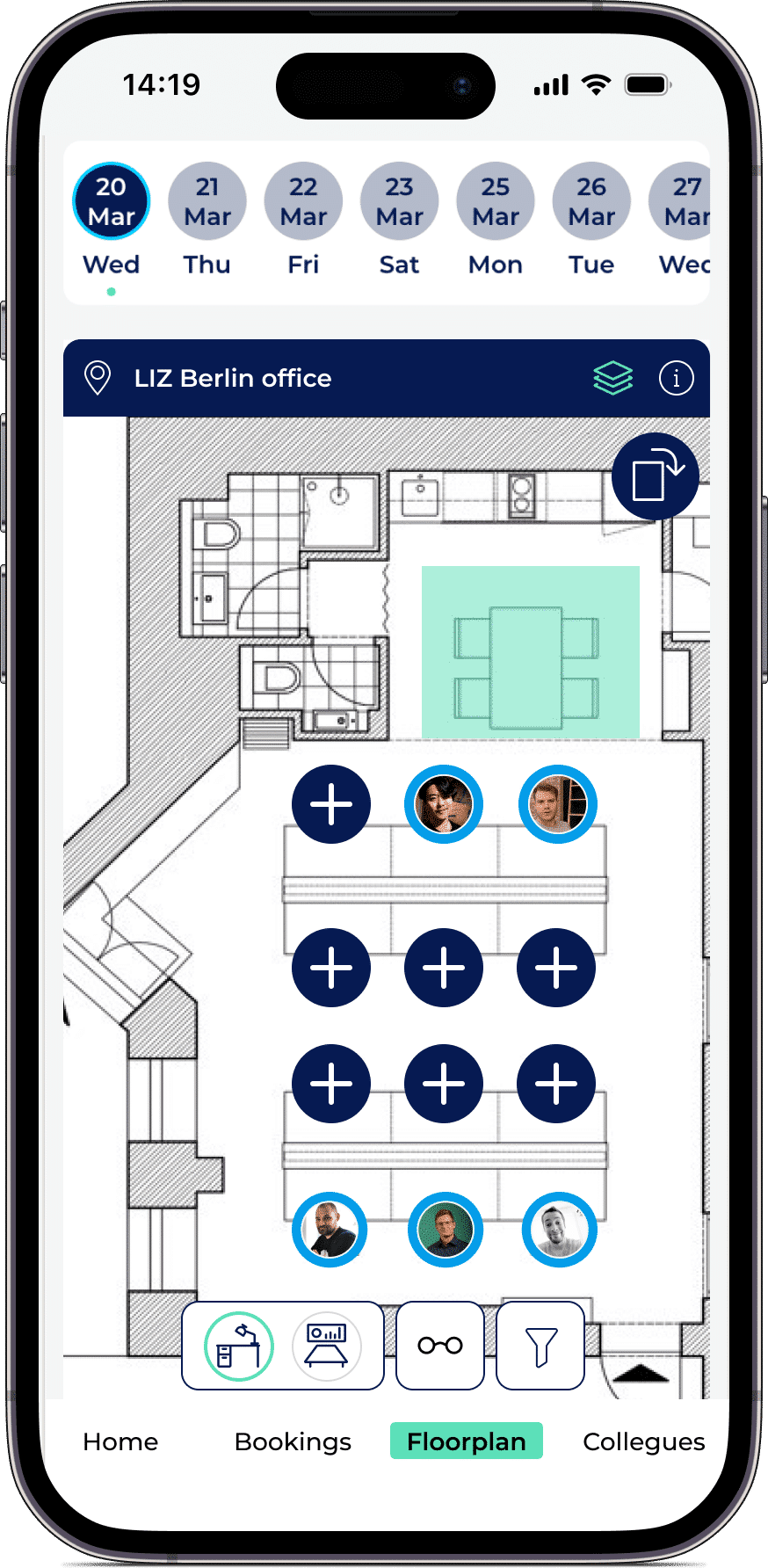
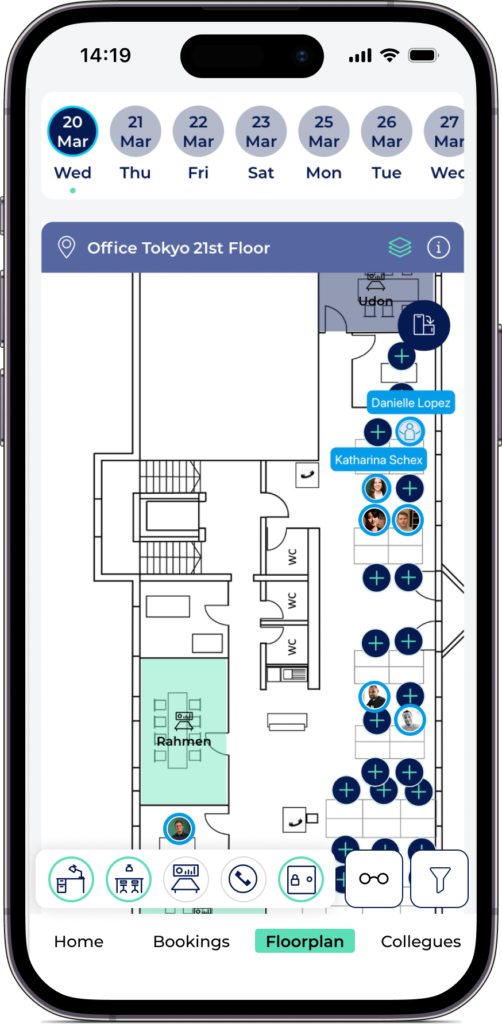
LIZ Booker - Office Space Optimization Solution

A key element in successfully improving space optimisation is the use of effective workplace booking software. LIZ Smart Office offers such a tool in the form of LIZ Booker. It enables employees to book workstations quickly and easily and helps managers to manage workstation occupancy efficiently. With features such as real-time availability displays and simple booking processes, LIZ Booker makes workplace booking a child’s play. Not only that, but also integrations with different Sensors from Waldmann enables to analyse your office in the real time and drive a data-driven decision to save the costs.
Conclusion
Optimizing office space is vital for modern businesses aiming to leverage their physical workplaces while cutting costs and boosting employee satisfaction. By adopting best practices and investing in advanced space management technologies like LIZ Booker, you can create an environment that meets the expectations of today’s workforce. Optimized office spaces lead to better utilization of resources, enhanced employee well-being, and significant cost savings.
Furthermore, a well-optimized workspace supports hybrid work models by providing flexible, adaptable environments that cater to various work styles and needs. This adaptability not only improves productivity but also attracts and retains top talent by offering a more appealing and supportive work environment. Request a demo of the LIZ Booker app to see how our digital solution can improve your employee experience and maximize the potential of your hybrid workspace.
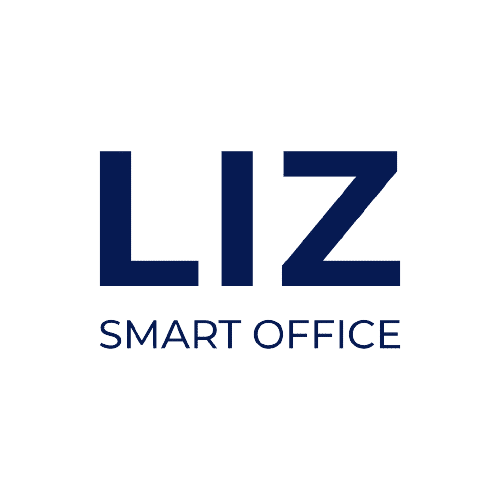














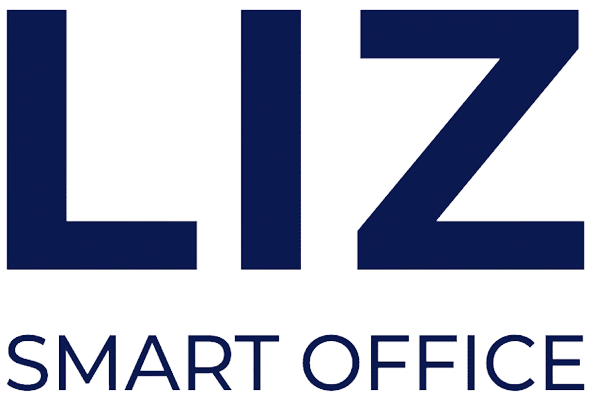


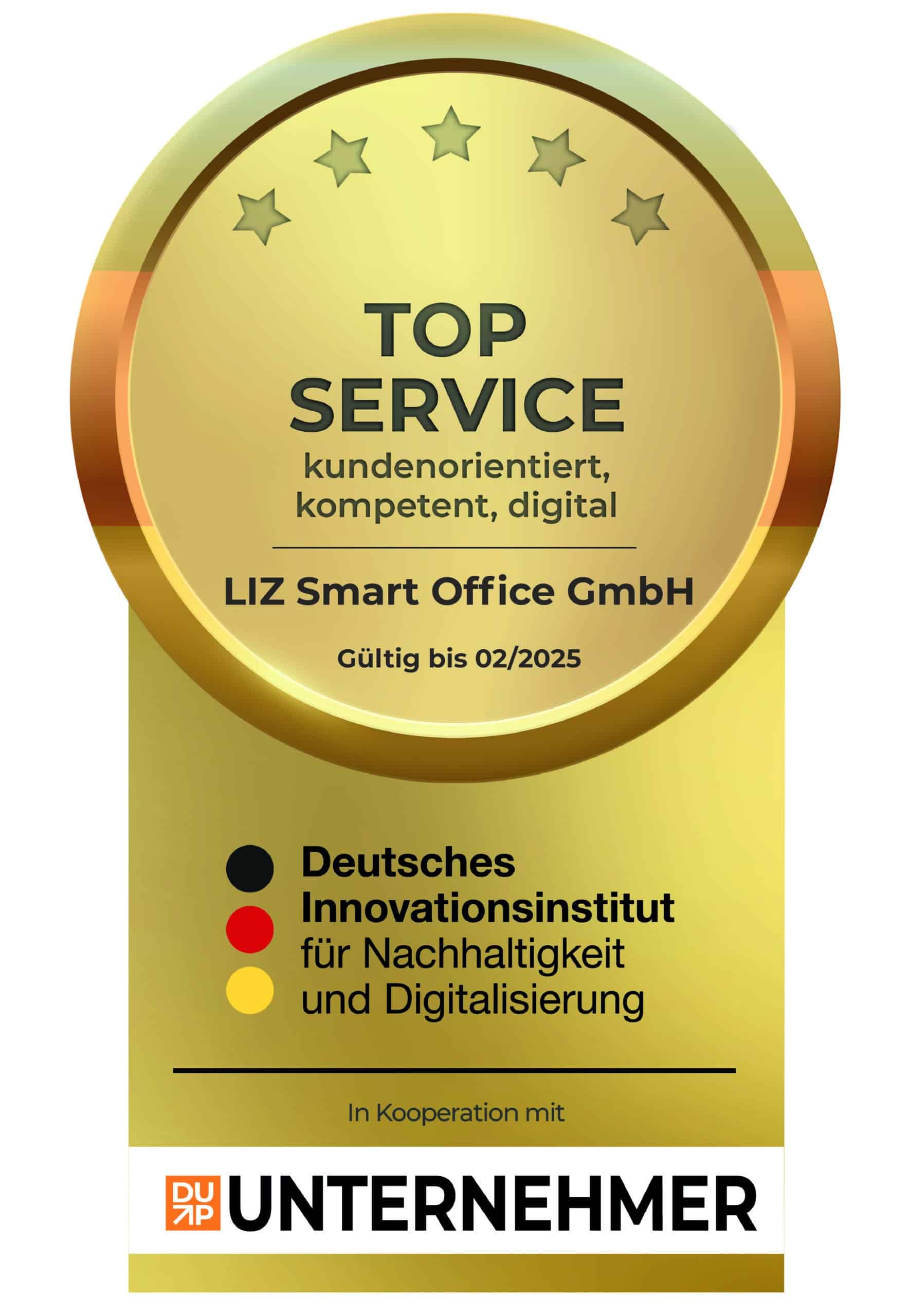

 Über uns ›
Über uns › Plattform ›
Plattform › Arbeitsplätze buchen ›
Arbeitsplätze buchen ›  Arbeitsplätze verwalten ›
Arbeitsplätze verwalten › Meetingräume buchen ›
Meetingräume buchen ›  Parkplätze buchen ›
Parkplätze buchen ›  Teamwork fördern ›
Teamwork fördern ›